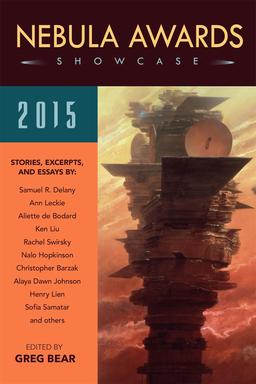New Treasures: Time and Time Again by Ben Elton
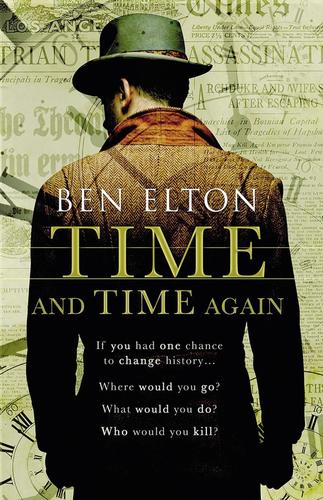 |
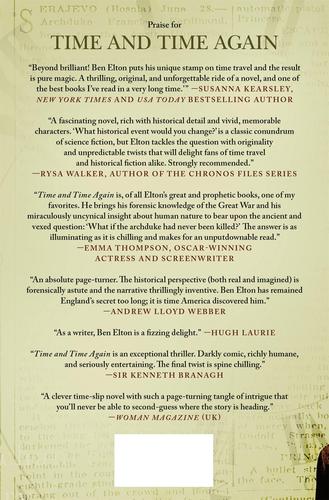 |
Ben Elton has written fourteen international bestsellers, including Dead Famous and Two Brothers. His latest novel is a time-travel mystery which Sir Kenneth Branagh calls “An exceptional thriller. Darkly comic, richly humane, and seriously entertaining. The final twist is spine chilling.” It was released in hardcover on Tuesday.
It’s the first of June 1914 and Hugh Stanton, ex-soldier and celebrated adventurer is quite literally the loneliest man on earth. No one he has ever known or loved has been born yet. Perhaps now they never will be.
Stanton knows that a great and terrible war is coming. A collective suicidal madness that will destroy European civilization and bring misery to millions in the century to come. He knows this because, for him, that century is already history.
Somehow he must change that history. He must prevent the war. A war that will begin with a single bullet. But can a single bullet truly corrupt an entire century? And, if so, could another single bullet save it?
Time and Time Again was published by Thomas Dunne Books on December 22, 2015. It is 387 pages, priced at $26.99 in hardcover and $12.99 in digital format. The cover was designed by Mulcahey & Claire Ward/TW. Click on the images above for bigger versions.
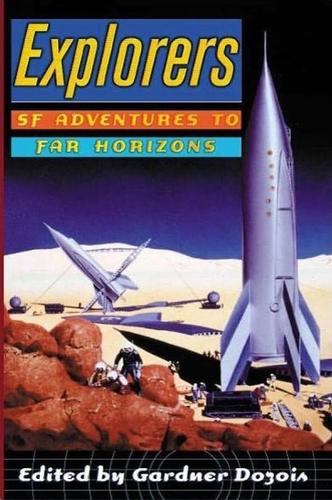
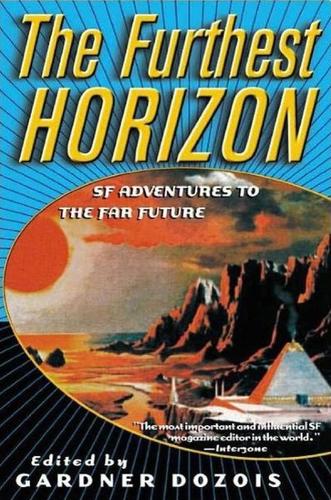

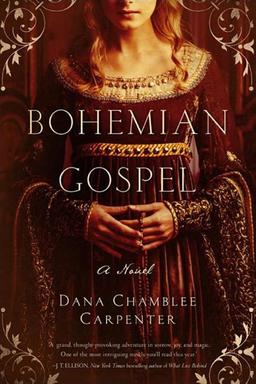
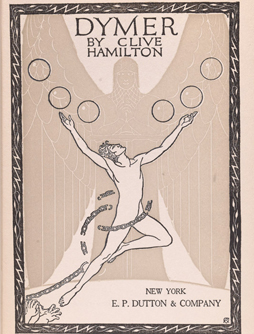 This is the third in a series of posts about the fictions of C.S. Lewis.
This is the third in a series of posts about the fictions of C.S. Lewis. 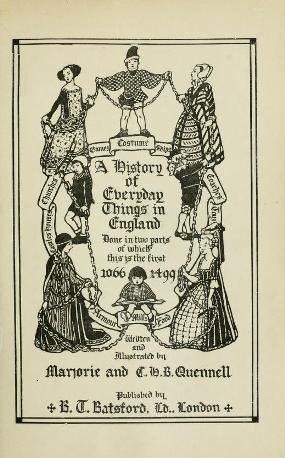
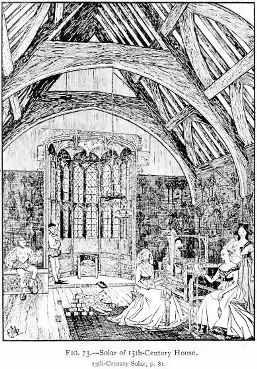
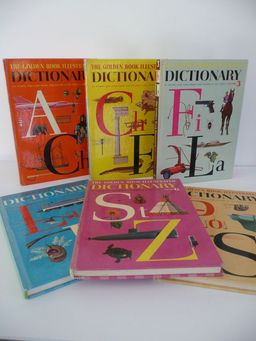
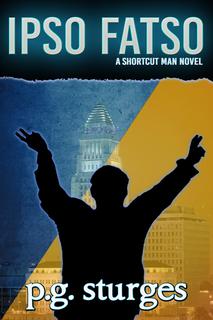
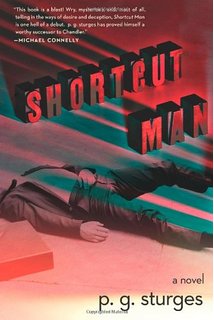
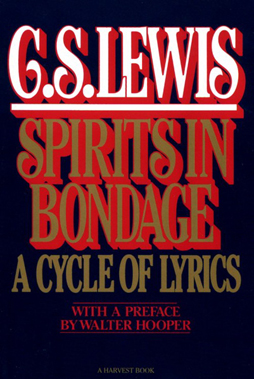 Yesterday I began a series of posts looking at the fiction of C.S. Lewis. Lewis has an unusually varied body of work, and I intend to wander through it chronologically and see what leaps out at me.
Yesterday I began a series of posts looking at the fiction of C.S. Lewis. Lewis has an unusually varied body of work, and I intend to wander through it chronologically and see what leaps out at me. 